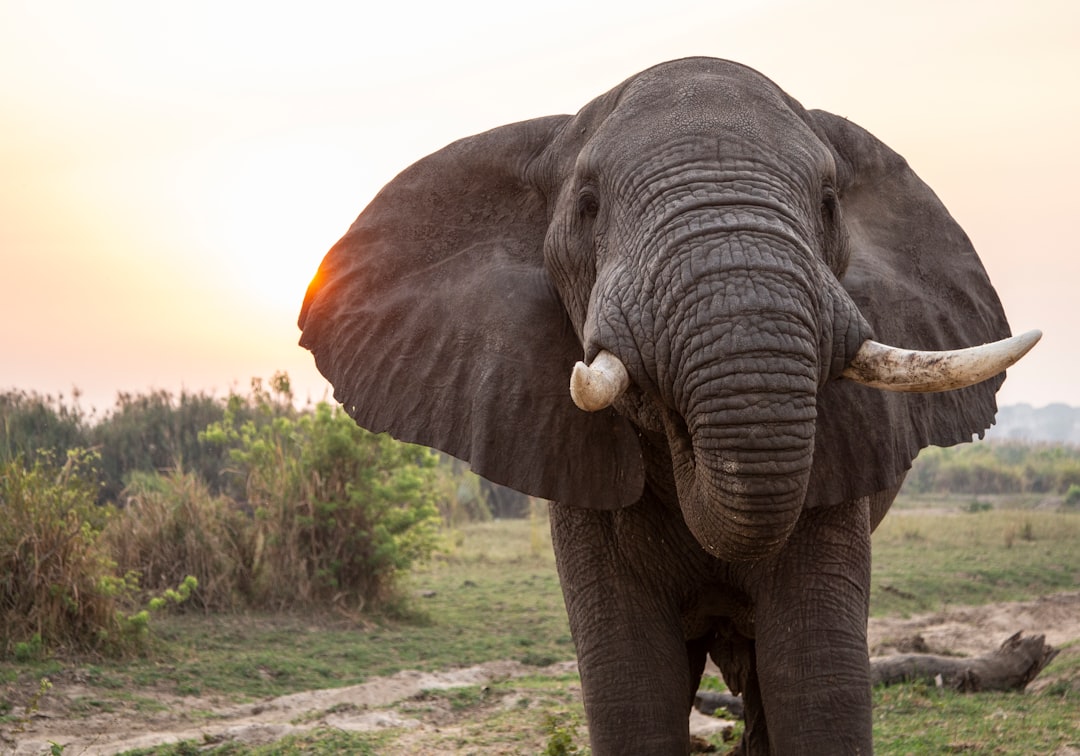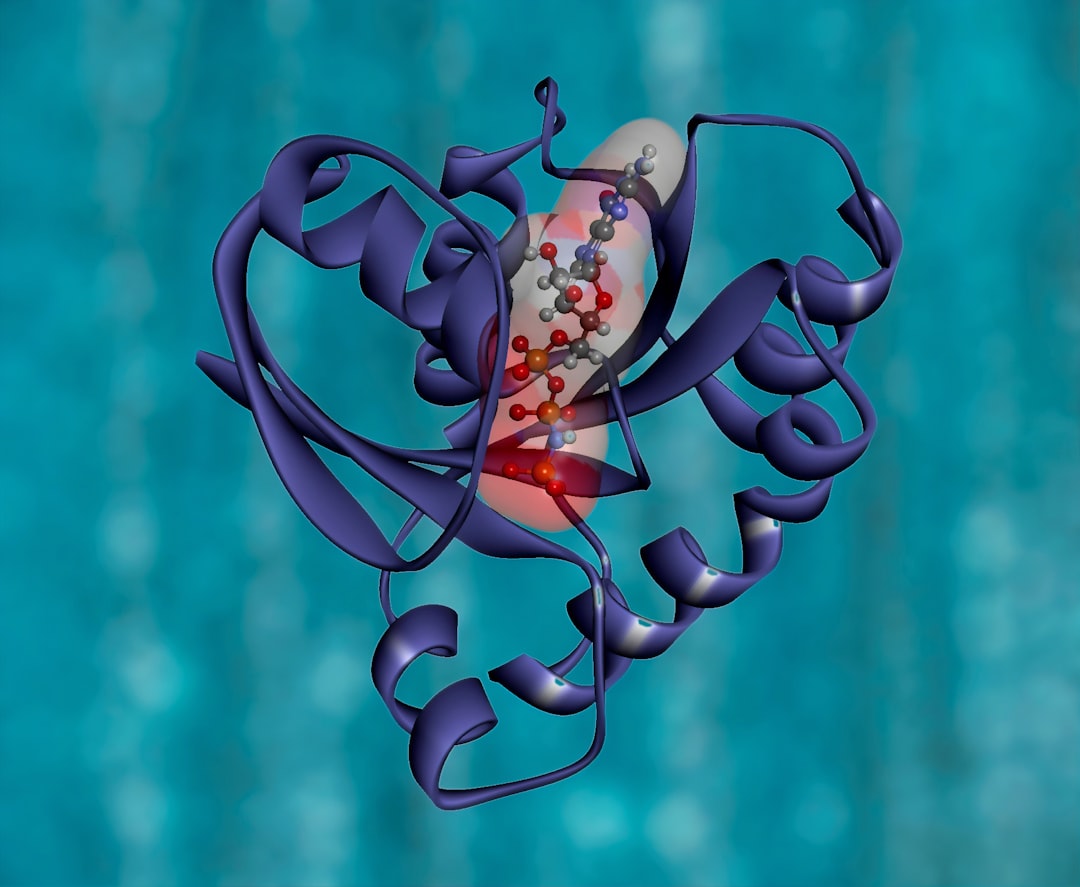What is it about?
Psychoactive mushrooms in the genus Psilocybe have immense cultural value and have been used for centuries in Mesoamerica. Despite the recent surge of interest in these mushrooms due to the psychotherapeutic potential of their natural alkaloid psilocybin, their phylogeny and taxonomy remain substantially incomplete. Moreover, the recent elucidation of the psilocybin biosynthetic gene cluster is known for only five of ~165 species of Psilocybe, four of which belong to only one of two major groups. We set out to improve our understanding of the evolution of Psilocybe using genome sequencing of fungarium specimens. Here, We show that psilocybin biosynthesis first arose in Psilocybe, with 4 to 5 possible horizontal transfers to other mushrooms between 40 and 9 mya. Moreover, characterization of the psilocybin biosynthetic genes revealed two distinct patterns corresponding to a deep split within the genus, possibly a signature of two independent acquisitions of the cluster within Psilocybe.
Featured Image

Photo by Presetbase Lightroom Presets on Unsplash
Why is it important?
The therapeutic use of psilocybin from “magic mushrooms” is revolutionizing mental health care for many conditions, including depression, PTSD, and end-of-life care. Psilocybe is the best-known group of psychoactive fungi, yet knowledge of its diversity and evolutionary history is substantially incomplete. Our study includes 39 species newly sequenced and presents the most extensive phylogenomic data set for Psilocybe to date. Twenty-three samples are derived from type specimens, providing an authoritative resource for future research. Using ~3,000 single copy gene families, we recovered a robust phylogeny with full statistical support. By mapping psilocybin biosynthetic gene orthologs on the phylogeny, we revealed two types of gene cluster order that corresponds to a deep split in the genus. Molecular dating suggests psilocybin biosynthesis arose in Psilocybe ~67 mya, concurrent with the mass extinction event at the K-Pg boundary. This study presents a significant advancement in understanding the evolution of Psilocybe and psilocybin biosynthesis.
Perspectives
“These type specimens represent hundreds of years of thousands of scientists’ collective effort to document diversity, way before people were thinking about DNA,” said Alexander Bradshaw, a postdoctoral researcher at the U and lead author of the study. “That’s the beauty of it—no one has really sequenced type specimens at this scale, and now we get to produce molecular and genomic data to the gold standard of Psilocybe types for people to compare against.” This work represents a big step in the understanding of the evolutionary relationships in Psilocybe because it is the first to include a broad species sampling and is based on type specimens,” said Virginia Ramírez-Cruz, a mycologist at the Universidad de Guadalajara and co-lead author of the study. “We’ve shown here that there’s been a lot of change in gene order over time, and that provides some new tools for biotechnology. If you’re looking for a way to express the genes to produce psilocybin and related compounds, you no longer have to rely on only one set of gene sequences to do that. Now there’s tremendous diversity that scientists can look at for lots of different properties or efficiencies,” said Dentinger, who is also an associate professor of biology at the University of Utah.
Alexander Bradshaw
University of Utah
Read the Original
This page is a summary of: Phylogenomics of the psychoactive mushroom genus
Psilocybe
and evolution of the psilocybin biosynthetic gene cluster, Proceedings of the National Academy of Sciences, January 2024, Proceedings of the National Academy of Sciences,
DOI: 10.1073/pnas.2311245121.
You can read the full text:
Resources
Contributors
The following have contributed to this page










